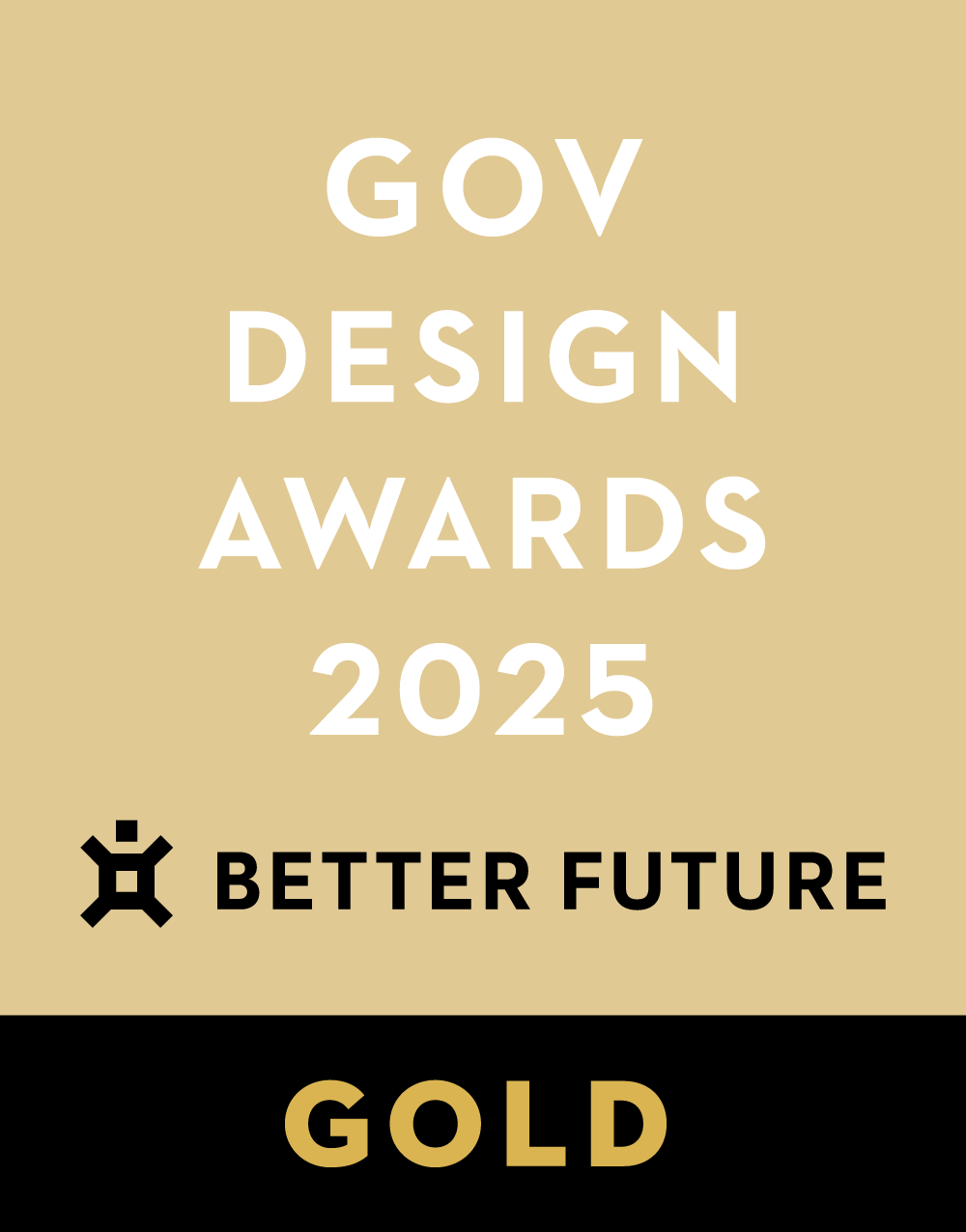Key Dates










Image Credit :

Project Commissioner
Project Creator
Project Overview
Blacktown Animal Rehoming Centre (BARC) is the largest building of its type in the Southern Hemisphere, housing up to 380 spaces for dogs, cats, rabbits, guinea pigs, chickens, and goats. The design is underpinned by research and is benchmarked against the world’s best practices in animal welfare. This project balances the highly technical requirements of animal welfare with the need for a safe workplace and welcoming adoption centre in an elegant series of buildings that celebrate the local landscape.
BARC comprises a set of separate, elongated buildings; of ‘fingers’ reaching toward the woodlands of the Western Sydney Parklands, and a landscape design with species selection to interlock with these buildings. These ‘fingers’ maximise cross-ventilation and solar access, and prioritize proximity to nature, reducing stress and improving the health of staff and animals.
Each building is drawn together and linked via a bold colour scheme and a 120m long, 4.5m high, multi-coloured artwork – a collaboration with artist Lymesmith – that evokes the plumage of native birds, and unifies, screens, and protects the street from the activity within.
Team
Blacktown City Council Bill Tsakalos - City Architect and Director Transformational Design Tony Larry Sam Crawford Architects Sam Crawford - Design Architect Gabrielle Pelletier- Project Architect Scott Rowland - Project Lead Ken Warr - Detailed Design & Documentation Specialist Imogene Tudor - Project Architect Benjamin Chan - Architect Allen Huang - Graduate of Architecture Sofia Nay - Graduate of Architecture Charly Watson - Graduate of Architecture Louisa Gee - Specification Henry Foley- Graduate of Architecture
Project Brief
BARC (Blacktown Animal Rehoming Centre) is located between the grassy woodland of the Western Sydney Parklands and the industrial heart of Glendenning, western Sydney.
As a council-operated facility, BARC must accept all animals - strays or surrenders – brought in by council rangers or citizens. Each is first quarantined, given health checks, vaccinated, desexed, fed, washed; and then nursed back to physical and mental health – ready for adoption. Animals often arrive sick, injured, mistreated, or poorly adapted to human or animal company. Some – typically dogs -are extremely dangerous.
As architects and lead consultants, it was our role to design a centre that facilitated the rehabilitation of animals, promoted their adoption, excited and educated its visitors about pet ownership, and promoted the mental health of the staff. Put in crude terms, the human equivalent of BARC would be a cross-between a refuge, a regular hospital, a psychiatric hospital, a hospice, a maximum-security prison, and a sales showroom.
Project Innovation/Need
Blacktown City Council was inspired to write that: “BARC design has revolutionised animal rehoming. Drawing on a study of international best practices, the assessment, care, and presentation of animals are brought to the fore to deliver higher and faster adoption rates. Akin to a hospital design, the facility is purposeful in providing efficient, easily cleaned, and maintained facilities. It does this in an entertaining environment for the animals and one that presents them, for adoption, in the most engaging manner. The animals benefit by less stress; operational costs for an essential Council service are reduced; and adoptees are educated on their responsibilities and the needs of their future pets.”
To ensure that the design followed best practices and pushed the boundaries of innovation for this type of facility, in the relatively niche field of architecture for animals, the design team and facility operators traveled both interstate and overseas to benchmark their design against leading animal welfare facilities, such as the Animal Welfare Centre in the Melbourne as well as the San Francisco SPCA, the Silicon Valley Humane Society and the Oregon Humane Society in the US among others.
Design Challenge
To design a centre that facilitated the rehabilitation of animals, promoted their adoption, excited and educated its visitors about pet ownership, and promoted the mental health of the staff.
When undertaking the design for BARC, the key challenge was balancing all functional parameters for the building with the needs of humans and animals. We had to research and develop solutions that could withstand the strength of dogs, and cats; whilst also:
- ensuring all areas could be sterilized, withstand the occasional animal ‘accident’, and not harbor disease.
- developing circulation and screening to prevent dogs from seeing cats, and other dogs.
- improving the mental health of all animals.
- making sure the design and materiality were cost-effective, minimized its footprint on the environment, and resulted in a beautiful outcome for the whole community.
We believe that in working closely with the client and consultant team, we have developed an architectural solution which meets and exceeds these requirements.
Sustainability
The facility sits lightly in an extensive landscaped area, with drought tolerant, shade-giving, and low-maintenance planting that also serve as habitats for the local birds depicted in the art. The landscape acts as biofiltration at multiple points, promoting stormwater intake across the site. Two large rainwater tanks capture the roof water which is reused for the extensive cleaning needs of the facility.
Hygienic, durable, robust, low maintenance and easy-to-clean materials were chosen. Sustainable features include passive thermal comfort through maximising cross ventilation, solar access, and water retention, together with sustainable technologies such as a 99 kWh solar PV array, EV car chargers and heat exchange air-conditioning.
Architecture - Public Utility
This award celebrates the design process and product of planning, designing and constructing form, space and ambience that reflect functional, technical, social, and aesthetic considerations. Consideration given for material selection, technology, light and shadow.
More Details

